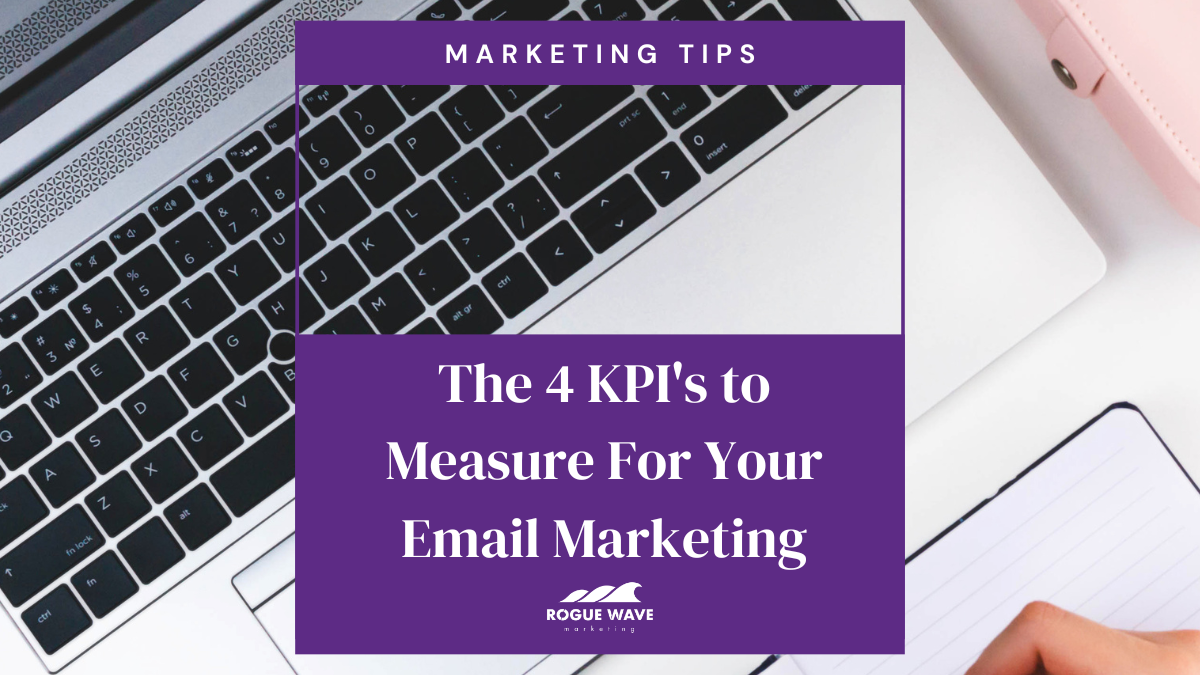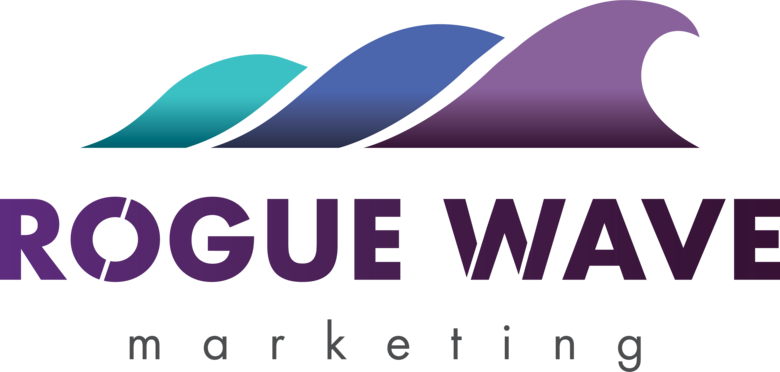
Email marketing has proven to be a highly effective way for businesses to reach and engage their customers. In fact, it boasts an impressive return on investment (ROI) of $42 for every dollar spent, making it a top choice for marketers seeking to maximize their outreach efforts. However, amidst the sea of emails flooding inboxes, how can you ensure that your marketing emails stand out and generate real results?
To answer this question, tracking and analyzing key performance indicators (KPIs) is vital. KPIs provide valuable insights into the success of your email campaigns, helping you gauge their effectiveness and make informed decisions to improve your email marketing strategy. In this article, we will explore four essential KPIs that can help you measure and optimize the impact of your email marketing efforts.
1. Open Rate: Unlocking the Door to Engagement
The open rate is a fundamental KPI that reveals the percentage of your emails that recipients actually open. A higher open rate signifies a compelling subject line that entices recipients to delve further into your email’s content. It also indicates that you are effectively targeting the right audience segments with your email outreach.
Calculating the open rate is relatively straightforward. Divide the number of emails opened by the number of emails delivered and multiply the result by 100 to get your open rate percentage. Keep in mind that average open rates vary across industries and types of emails. For example, emails in the education sector may see open rates as high as 28.5%, while retail open rates might average around 17.1%.
While the open rate is a valuable metric on its own, it becomes even more powerful when combined with other KPIs. By analyzing it alongside other indicators, such as click-through rate and conversion rate, you can gain a comprehensive understanding of the effectiveness of your email content.
2. Click-Through Rate (CTR): Navigating the Path to Action
The click-through rate (CTR) is a critical KPI that indicates the percentage of recipients who clicked on at least one link within your email. A high CTR suggests that your email content and call-to-action have resonated with your audience, motivating them to take the desired action, whether it’s visiting your website, exploring products, or signing up for an event.
To calculate the CTR, you have two options: total clicks or unique clicks. Total clicks count all clicks, even if the same recipient clicks multiple times. Unique clicks, on the other hand, only count the number of individual users who clicked at least once, regardless of how many times they clicked.
To compute the CTR percentage, divide the chosen click count (total or unique) by the total number of emails delivered and multiply the result by 100. Tracking the CTR across various email campaigns can help you identify which content resonates best with your audience, informing your future email content strategies.
3. Conversion Rate: Achieving Your Ultimate Goal
The conversion rate is a highly significant KPI, as it reveals the percentage of email recipients who completed a specific action as a result of your email campaign. This action could be making a purchase, filling out a form, subscribing to a service, or any other action aligned with your email’s objective.
Measuring the conversion rate helps you assess the overall success of your email marketing campaign. It signifies how effectively your emails drive recipients toward the ultimate goal you have in mind, whether it’s boosting sales, gaining leads, or enhancing user engagement.
To calculate the conversion rate, divide the number of people who completed the desired action by the total number of emails delivered and multiply the result by 100. Monitoring this KPI over time can provide invaluable insights into the efficacy of your email content, design, and call-to-action strategies.
How can we help?
At Rogue Wave Marketing, we reveal the uniqueness of every brand through inspirational and impactful messaging and content catered for your audience.
4. Bounce Rate: Clearing Obstacles in the Delivery Path
The bounce rate is a critical KPI that reveals the percentage of emails that failed to reach recipients’ inboxes. A high bounce rate may indicate issues with your email list, such as invalid or outdated email addresses, or it could point to potential deliverability problems.
There are two main types of email bounces: hard bounces and soft bounces. Hard bounces occur when an email address is invalid or doesn’t exist, while soft bounces are typically temporary issues, such as the recipient’s inbox being full or a temporary problem with the mail server.
Additionally, if a recipient marks your email as spam or files a complaint, it will also result in a bounce. Monitoring your bounce rate is crucial because a high bounce rate can negatively impact your email deliverability and sender reputation.
To calculate the bounce rate, divide the number of bounced emails by the total number of emails sent and multiply the result by 100. Regularly monitoring and cleaning your email list can help reduce the bounce rate and ensure that your emails reach their intended recipients.
Using KPIs to Enhance Your Email Marketing Strategy
Now that you have a clear understanding of these essential KPIs, let’s explore how to use them to optimize your email marketing strategy:
Segment Your Audience
Analyzing open rates, click-through rates, and conversion rates for different audience segments can help you tailor your content to each group’s preferences and behaviors.
Experiment with Subject Lines
Testing different subject lines and analyzing their impact on open rates can help you identify the most effective ways to pique recipients’ interest and entice them to open your emails.
Optimize Email Content
By studying click-through rates and conversion rates, you can identify the types of content that resonate most with your audience, allowing you to refine your email content strategy
Cleanse Your Email List
Regularly monitoring bounce rates and removing invalid or inactive email addresses can help you maintain a healthy and engaged subscriber list.
Personalize Your Emails
Use the insights from your KPI analysis to craft personalized emails that cater to the specific interests and needs of your audience, increasing the likelihood of engagement and conversion.
Test Call-to-Action Placement
Analyzing click-through rates can guide you in optimizing the placement and visibility of your call-to-action buttons, making it easier for recipients to take the desired action.
Monitor Engagement Over Time
Keep a vigilant eye on your KPIs across various email campaigns and over time to identify trends and spot potential areas for improvement.
Email marketing remains a powerful tool for engaging with your target audience and driving meaningful results for your business. By tracking and analyzing key performance indicators such as open rate, click-through rate, conversion rate, and bounce rate, you gain valuable insights into the effectiveness of your email campaigns.
These KPIs not only provide concrete data on your email marketing performance but also serve as guiding beacons for optimizing your email content, design, and audience targeting. Armed with these insights, you can fine-tune your email marketing strategy, delivering targeted and impactful messages that resonate with your audience and drive them toward your desired goals.
Embrace the power of data-driven decision-making and let key performance indicators lead the way to email marketing success. Continuously monitor and adapt your strategy based on these metrics, and your email campaigns are sure to flourish, yielding impressive results for your business.








